Latest posts
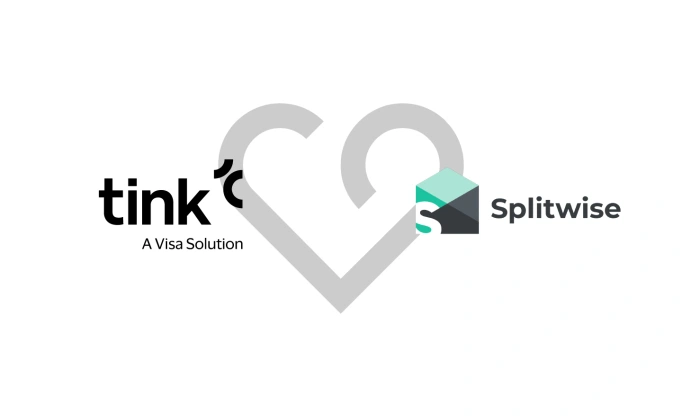
Splitwise and Tink partner to make paying back friends and family easier than ever
Splitwise, a popular app for sharing bills and expenses, and Tink have partnered to bring Pay by Bank to Splitwise users. This enables millions of Splitwise users to initiate direct payments to friends and family from within the Splitwise app.

Jennifer Thunander – delivering the goods
How does Tink make sure that its technical integration is successful? That’s where delivery teams, overseen by people like Jennifer, come in. Here she tells us about her role and ensuring that Pay by Bank journeys are as smooth as possible.

Thomas Gmelch - how open banking can change the instant payment experience in Germany
We sat down with Thomas to chat about the challenges facing our customers in Germany, and how our newly launched Risk Signals product is coming to the rescue.
Subscribe to our newsletter
Sign up here to receive news and updates.


Subscribe to our newsletter
Sign up here to receive news and updates.
Latest reports
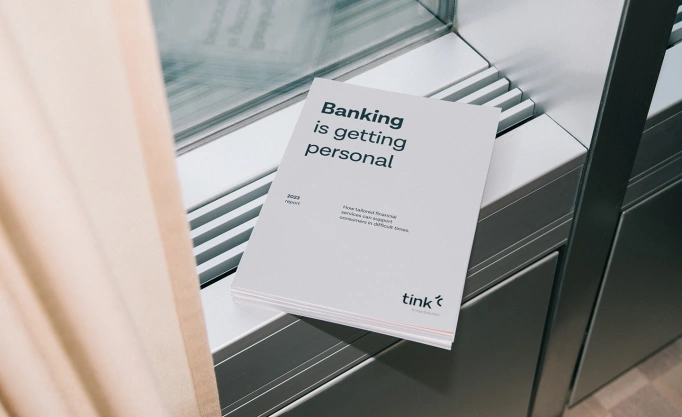
Half of Brits fear budget shortfall – here’s how banks can help
Tink’s latest research shows that a staggering 25 million Brits fear their income soon won’t cover essential costs, meaning banks have the opportunity to support them with tailored banking solutions.

The key to unlocking fairer and more responsible lending
In our latest report, we explore how open banking can pave the way for faster, safer, and more responsible lending practices – and what lenders can do to prepare for this new era of credit.
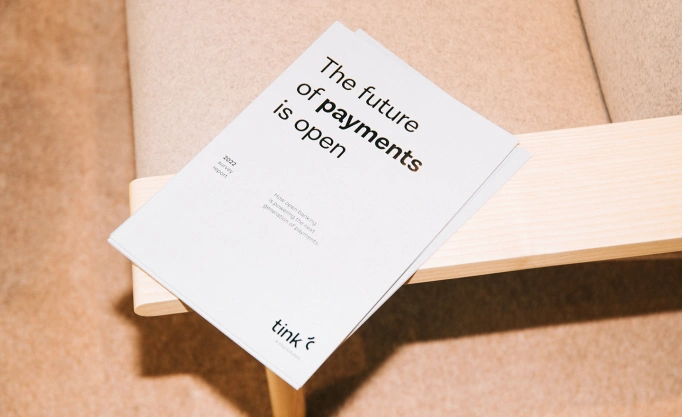
A new generation of payments is taking shape – powered by open banking
Tink survey reveals financial executives in Europe consider security, speed, and low cost as top benefits of payment initiation services – but that barriers to full-scale adoption remain.
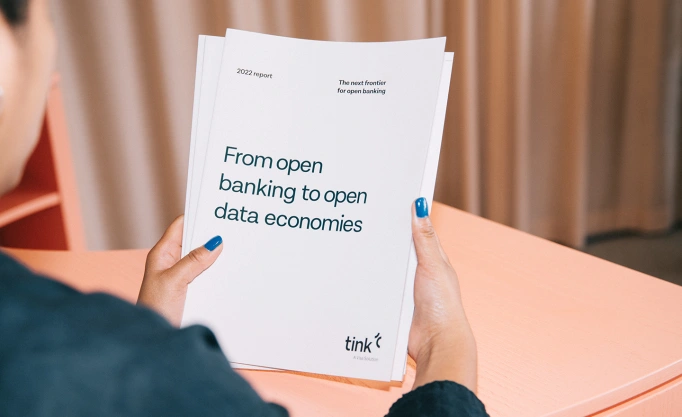
The evolution of the revolution – from open banking to open data economies
It’s time to move on from just talking about open banking. Tink's latest report shows that data is on the agenda – open banking is evolving into open finance, which in turn is readying the market for the creation of open data economies.

Open banking investments and use cases
How has the pandemic impacted open banking budgets? How much did financial executives invest in their open banking objectives? And which opportunities do they have in sight? We surveyed bankers across Europe to find out.
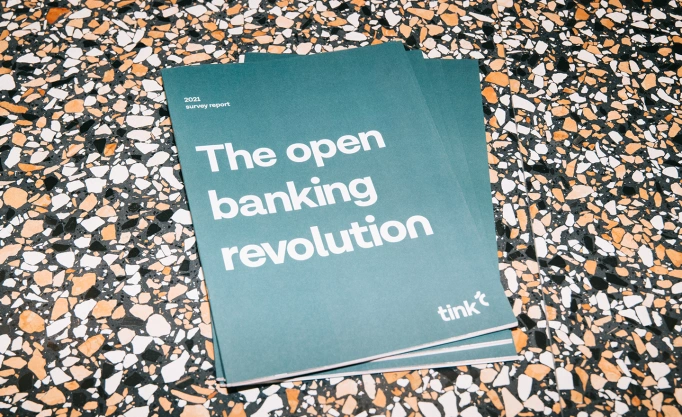
Bankers embrace the open banking revolution – but expect a long journey ahead
Financial executives in Europe see open banking as a revolution, and are embracing it more than ever. But many expect it will take several years to get there. While transformation takes time – there could be a way to accelerate it.
Guides
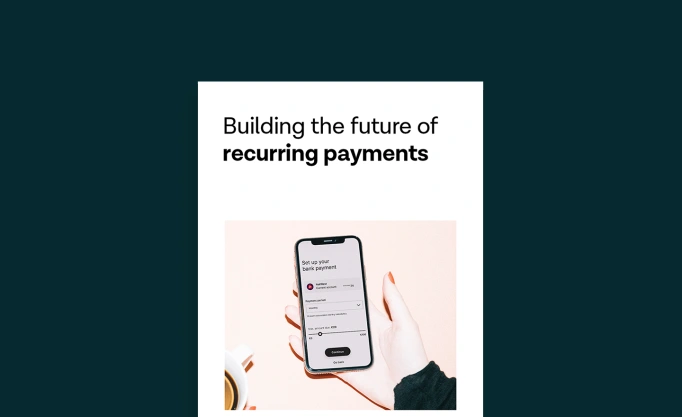
The ultimate guide for building the future of recurring payments
Variable Recurring Payments, powered by open banking, have huge potential for merchants and consumers in the UK. Read our VRP guide to find out how they work and why they are important.
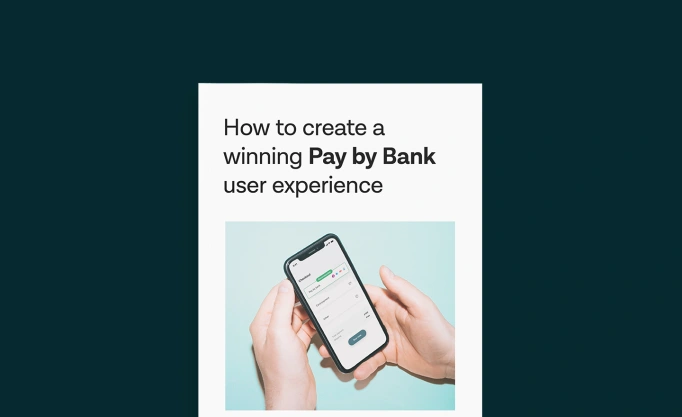
The ultimate Pay by Bank UX guide
At Tink, we’re excited about Pay by Bank. Our new, in-depth UX guide tells you how to make the most of this innovative payment solution.

How to reduce fraud in loan applications with enhanced risk decisioning
Beat the challenge of fraud in lending with actionable tools, from risk decisioning to authentication solutions with Tink – while getting closer to inclusive loan origination.
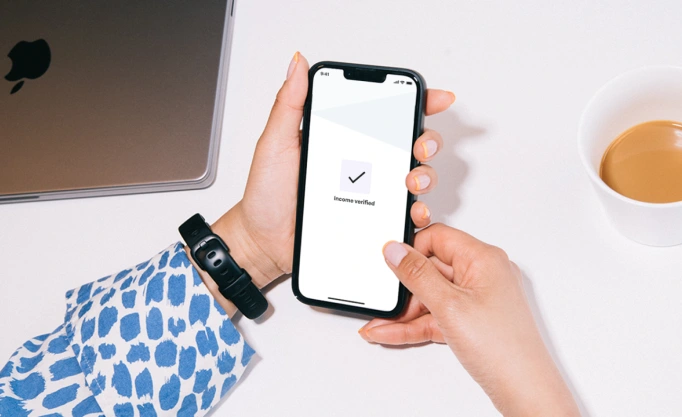
Small tweaks, big results: accelerating open banking conversion rates
It’s common for friction to appear for users in open banking flows, causing lower completion rates than we would like. See how Tink is working on improving clients’ conversion rates through incremental changes to our products.

The solutions that will lead to a new world of finance
Discover the open banking solutions that are leading to a new world of finance.

Lender's guide to improving risk assessments with open banking
We dive into the world of risk assessments, exploring challenges lenders face with current decisioning methods, and how the process can become more convenient, reliable and complete thanks to open banking and the smart use of data.

Why connecting to open banking APIs is not as simple as it seems
Connecting to an open banking API seems pretty straightforward. But making the connection is just the first step in a complex process. Here are some aspects businesses often overlook when deciding to build the connections in-house.

How open banking simplifies income verification
Income verification used to mean having to dig up bank statements, share income tax statements or payslips – and then wait days or even weeks to have it all verified. Now, thanks to open banking it can take seconds. Here’s how.

Guide to improving the digital banking experience
How can banks transform the digital banking experience and build long, lasting (and more profitable) relationships with customers? We lay out how banks can leverage open banking to create more valuable, personalised services.
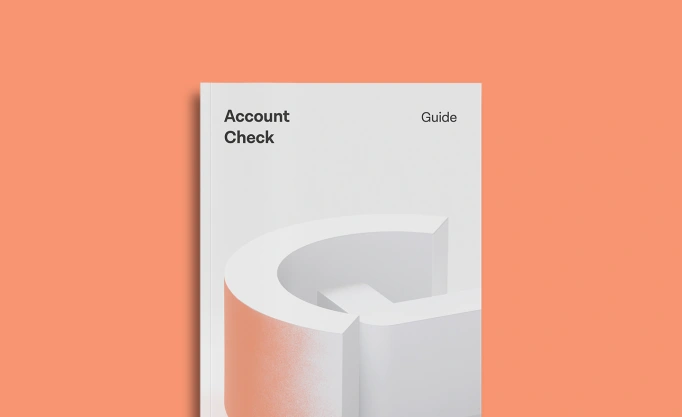
Guide to account verification solutions
Learn all about the most common account verification methods used today, why they don’t always meet today’s digital customers’ expectations – and how you can use open banking to provide a faster, safer, and simpler solution.

The Tink buyer’s guide to ‘open banking platforms’
The open banking movement is picking up steam – and we’re seeing an uptick in companies launching “open banking platforms”. But without defining what this really means, it’s impossible to make a like-for-like comparison. So we’re stripping away the term – and giving you a checklist with the criteria that really matters when evaluating a tech partner.
Webinars

How to create a winning Pay by Bank user experience
In this webinar our Tink team of Jaia Lloyd, Varun Atrey and Kevin Ward discuss how Pay by Bank (account to account payments) can vastly improve your user journey and demo how it works.

Discussing sustainable banking with ecolytiq
In our latest webinar, we’re joined by David Lais, Co-Founder & Managing Director of ecolytiq to discuss how we have partnered to create a seamless way for banks to seize the opportunity and offer combined financial and sustainability coaching – and what we can expect for the future.

The next era of invoice payments
In this webinar, PostNord Strålfors – the Nordics’ largest distributor of invoices – speaks with Tink to discuss how invoice payments are becoming digitalised.

Unlocking a new era of credit
In this webinar, Christophe Joyau, Tink SVP Banking and Lending, and David Öhlund, CEO Scandinavia GF Money, discuss how open banking is transforming the lending landscape.

The next generation of payments
In this webinar, Director of Research Jan Van Vonno and Head of Payments and Platforms Tom Pope discuss the findings of our latest report, ‘The future of banking is open’. The report covers the move from a world where cash is king, to a payments’ ecosystem powered by open banking.

The powerful future of open banking
This webinar takes a close look at the findings from Tink’s latest report, ‘From open banking to open data economies’. Research Director Jan van Vonno runs through how open banking is set to change in the coming years and expand out from the financial sector to create open data economies.

Open banking in the post-pandemic world
Tink’s Research Director Jan van Vonno dives into the findings from our 2021 report, sharing economic statistics and survey results to shed light on emerging risks, changing priorities, and the role of open banking in the years ahead.

The investments and returns of open banking
Watch the recording of our webinar to find out more about the results from our 2020 survey. Research Director Jan van Vonno explores how much financial institutions are investing in open banking, and how they’re looking to profit from it.

Open banking attitudes & fintech partnerships
Watch our webinar to learn more about how businesses are looking to create value from open banking – and how you can do the same. Tink’s Research Director presents the results from our 2020 survey of financial executives.

What’s driving open banking investments?
Watch our webinar, where Tink’s Research Director runs through our 2020 survey results, taking a closer look at the use cases financial institutions are investing in and the immediate opportunities they have in sight.

Get up and running with Tink
Want to get a glimpse into Tink’s tech? Find out just how quick and easy it is to test, build and launch new experiences

Start verifying accounts in less than 12 minutes
Learn how you can set up Tink’s Account Check to confirm the owner of a bank account by fetching real-time data from banks. This video walkthrough takes you through the entire setup process – and it’s all done in 12 minutes.

Taking advantage of open banking
Our Research Director takes a look at the different forces impacting open banking progress and explores how organisations’ internal alignment may explain why some financial institutions are able to move faster than others.
Previous reports

Aligning on open banking objectives
Are financial institutions across Europe getting the most out of their open banking implementation efforts? Our survey report uncovers some of the common challenges organisations face when it comes to internal alignment.
Read the report
The growing positivity towards open banking
How do financial executives across Europe perceive the open banking opportunity in 2020? Our survey finds an increase in optimism, and high interest in forming fintech partnerships to accelerate the path towards value creation.
Read the report
The investments and returns of open banking
Get the full findings and dive into the EU-wide results on the investments and returns of open banking.
Read the report
Open banking use cases and opportunities
Financial institutions are investing big in open banking, but what are the use cases they’re most interested in? We surveyed 290 European bankers to find out what immediate opportunities they have in sight.
Read the report
Inside the minds of Europe's bankers
Discover what financial executives across 17 Europe countries see as the biggest threats, challenges and opportunities of open banking – and what they see as necessary steps to adapt and succeed.
Read the report